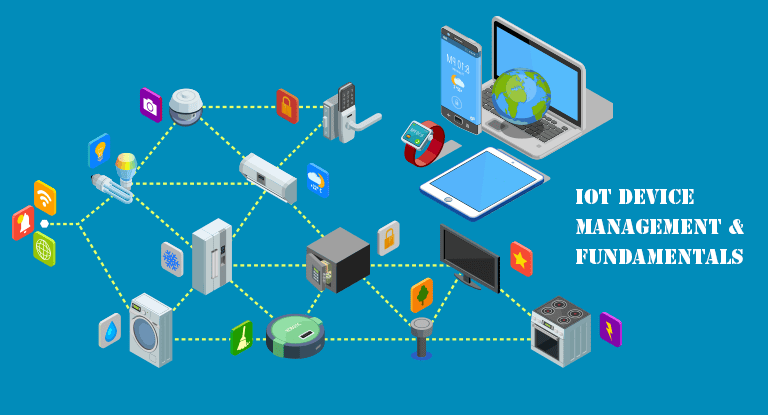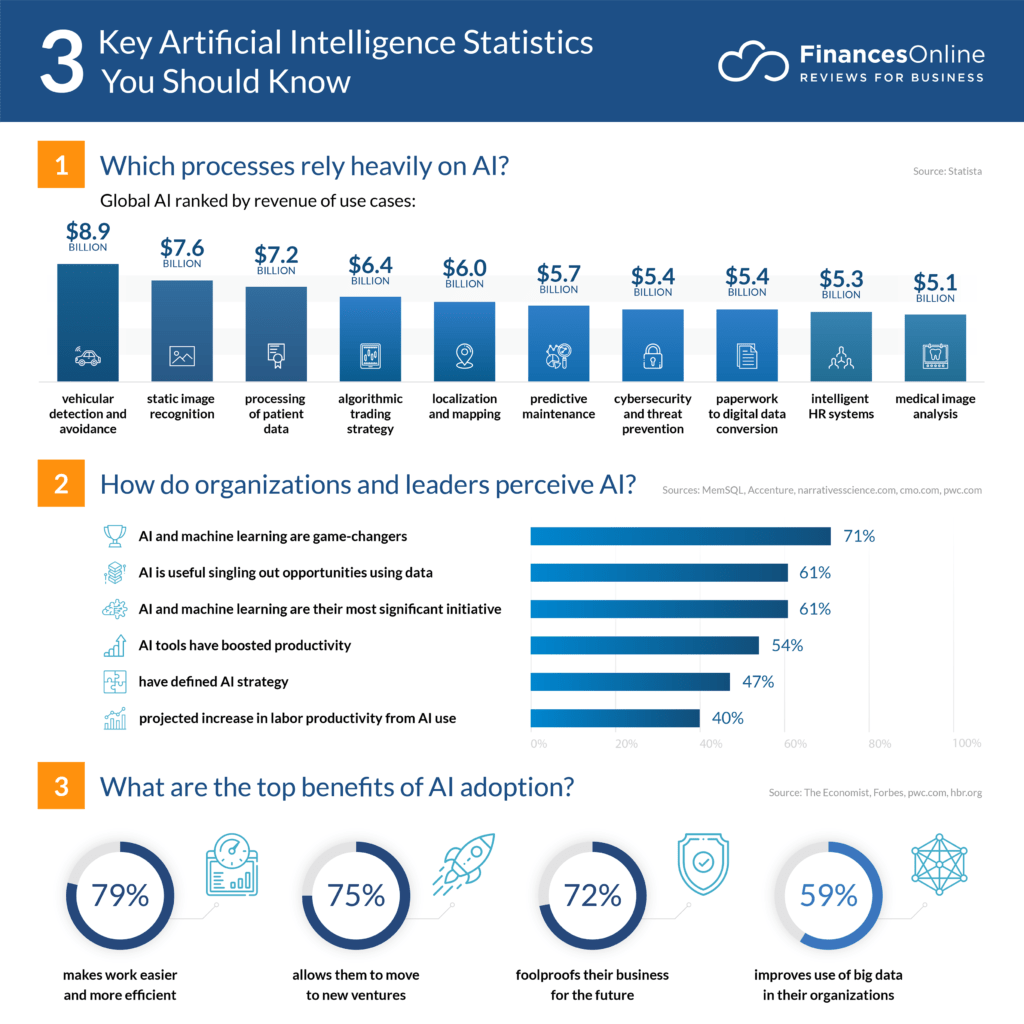Are you aware that the number of yearly mobile app downloads are estimated to reach 258 billion by 2022?
It is an excellent time for businesses to be using mobile apps.
However, it is also true that 25% of apps downloaded by users worldwide are abandoned after only one use. And 52% of users say that they are frustrated by overall app performance.
If you want users to keep using your app after they download it, you will have to enhance user engagement.
Creating an effective user onboarding process, employing well-crafted push notifications, gamifying the experience, getting user feedback and working on the weak spots, and conducting split testing are some of the essential tips to improve your mobile app’s user engagement and retention.
Let’s dig into these crucial four tips one by one.
Tips for boosting user engagement and retention
Create a compelling user onboarding process.
Merely signing up users is easy. The hard part is making users understand how they can achieve what you’ve promised. Not even the most substantial customer testimonials will boost churn rates unless users understand how to use your app.
A study found out that users who have had a good user onboarding experience are 21% more likely to pay for a mobile app.
Start by simplifying the process. Ask only for vital information and use only the essential features and UI elements that are necessary to help users experience the value of the app.
Allow the option to skip the onboarding process. Some people might want to explore the app on their own.
Also, don’t forget to show the value you are providing immediately. Users are downloading your app for a reason. You will have to show that you’ll meet their expectations.
Have a look at how the news channel CNN conducts its onboarding process.
As soon as you open the app, you will be greeted by CNN’s primary anchor, Anderson Cooper and you will see a button asking to enable alerts.

Though the onboarding process starts with a notification request instead of demonstrating value, everyone knows what CNN has to offer, and thus it is okay for big news channels to start by letting the users know that they are getting hot info hot.
Guardian Circle app has recently improved the onboarding experience by eliminating the need to back up the wallet keys and phrases when users create an account. Users also don’t have to grant the app permission to access their contacts unless they are inviting a new user. Plus, the app features a video that reveals users the process of adding new users.
If you also have an e-commerce site, user onboarding tools like Whatfix can help you personalize user onboarding experiences leading to a higher level of engagement.
Moreover, Whatfix’s analytics data feature helps you measure and understand a user’s engagement with your product. Thus, you can quickly re-engage lost users.
Use well-crafted push notifications.
It is said that push notifications can boost user engagement by 88% while using apps.

You can send push notifications to allow users to know about the latest updates of their favorite shows, breaking news, and so on. It will not only give the users a personalized experience but it is one of the best marketing strategies.
As per reports, news publications usually send between 4 and 10 push alerts per day. Some even send 16 messages in a day on a regular basis. In the past years, the Wall Street Journal increased the frequency of alerts they send to their subscribers in a week from 16 to 72.
Just ensure that you implement segment channels with opt-ins. The Wall Street Journal sends several alerts via optional, but focused channels including economy, tech, opinion, science, and politics.
CNN’s mobile app settings, on the other hand, allow you to create audience segments from users’ interests that are self-identified.
The news app like Bloomberg is also using push notifications to keep their readers engaged. It has made it possible to send international and regional broadcast alerts to android mobile devices running chrome.
But while you are sending multiple news alerts in a day, do provide context. When your subscribers read your push alert, they should be able to grab enough info to talk to their friends without having to read the story or the whole thing.
Gamify the user experience.
According to statistics, 44% of app users download apps for fun. Thus, incorporating game design into your onboarding is a great way to keep your users engaged.
A great way to gamify the user experience is to use progress bars. It is especially useful when setting up accounts as it requires focus and engagement.
A progress bar shows users’ progress during app onboarding, thus encouraging them to complete the process. Look at how LinkedIn keeps users focused and engaged by using a progress bar to show users how far they have made during an account setup process.

Or you can use badges to reward users for completing a task in your app as Kobo does. It will motivate users to take the next action.

Another great gamifying experience is offering users redeemable rewards. It will keep users engaged for more extended periods.
Let’s take Starbucks’ example.
Starbucks offers its users redeemable rewards to the users during the onboarding process and all through the buying lifecycle with the app.

Users gather the points during purchases and redeem them later for treats.
Get user feedback and conduct the split testing.
Already got some users who have signed up but stopped using your app within the first week? Send a question asking them why they stopped using the app.
The answers will give you insights into your app’s functionality, product/market fit, bugs, and let you know whether you’re attracting the right audience with your campaigns.
You can use the answers from the survey to fix the loopholes and improve your app.
While conducting split testing, you can test your app store page, check whether onboarding flow is necessary, experiment with personalized onboarding flows, test the registration process, push notifications, and so on.
There are good mobile app A/B testing tools to help you out, including Optimizely, Apptimize, Leanplum, Splitforce, etc.
A/B testing will ensure that your users keep coming back to your app. It will help you to provide value with every engagement campaign, app launch, and conversion.
Final-Thoughts!
Getting users to download your mobile app is not enough. You will have to focus on engaging and retaining them. The tips mentioned above can be implemented to improve your mobile app retention and engagement in any stage of the user’s journey.
It all starts with a compelling user onboarding process. If you are able to make the users understand the value of what you are offering, they will be more likely to use the app for the long-term.
In case your users abandon your app after one use, you can nudge them by sending push notifications. Also, gamify the experience to keep things exciting and gather feedback and conduct split testing.
Author Bio
Hazel Raoult is a freelance marketing writer and works with PRmention. She has 6+ years of experience in writing about business, entrepreneurship, marketing and all things SaaS. Hazel loves to split her time between writing, editing, and hanging out with her family.








